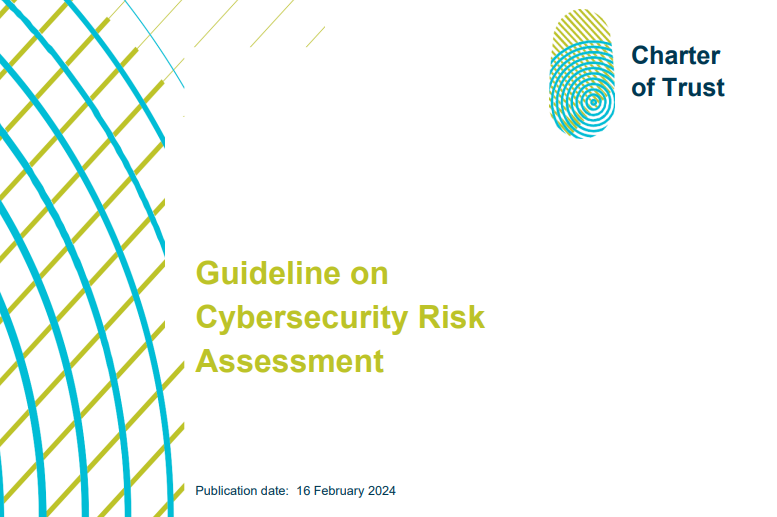In response to rising cyber threats, governments are enacting new cybersecurity laws and regulations, with some, like the United States (US), moving from voluntary public-private partnerships to more stringent regulatory approaches, while others, like the European Union (EU), are updating existing regulations (e.g. the Network and Information Security (NIS) Directive 2, or NIS 2) and creating new ones (e.g., Cyber Resilience Act, CRA). These efforts often set precedents for other nations, but the lack of international coordination in cybersecurity regulation remains a challenge. This fragmentation, coupled with shortages of cybersecurity talent, risks diverting resources from essential cyber defense to compliance, potentially increasing costs, complexity, and undermining resilience and innovation. Some solutions include reciprocity agreements, adopting international standards, and leveraging third-party assessments to streamline regulations and improve global alignment.
To read the full publication, see the download link below.

PREVIOUS POST
Security by Default in view of major Cybersecurity Regulations
NEXT POST
Charter of Trust report: Guideline on Cybersecurity Risk Assessment

You may also like

Charter of Trust report: Guideline on Cybersecurity Risk Assessment
This document highlights the significance of caution and due diligence in relation to cyber risks when processes and value chains are supported by digital technology to improve efficiency. As digitalization progresses, such risks exist in products which are combined to systems and networks in the IT but also in the OT world. The intent of this document is to offers practical guidance to risk management based on the experience and expertise of the members of the Charter of Trust P3 Task Force.
Read more
February 15, 2024
•

Charter of Trust – Secure Development Lifecycle: step-by-step guidelines
The purpose of this document is to provide additional information on a step-by-step approach for achieving secure development lifecycle, in addition to the Phase 1 and Phase 2 baseline requirements. The document aims to provide a deep dive into the topic of secure development lifecycle and define best practices for achieving the same. This includes the following steps: identifying the basic steps for a development lifecycle model and developing best practices for a secure development lifecycle.
Read more
February 15, 2023
•

Principle Use Cases – AES
How can companies increase the cybersecurity awareness of their employees? AES shares their take on implementing new and innovative training model that drives engagement.
Read more
January 03, 2023
•



